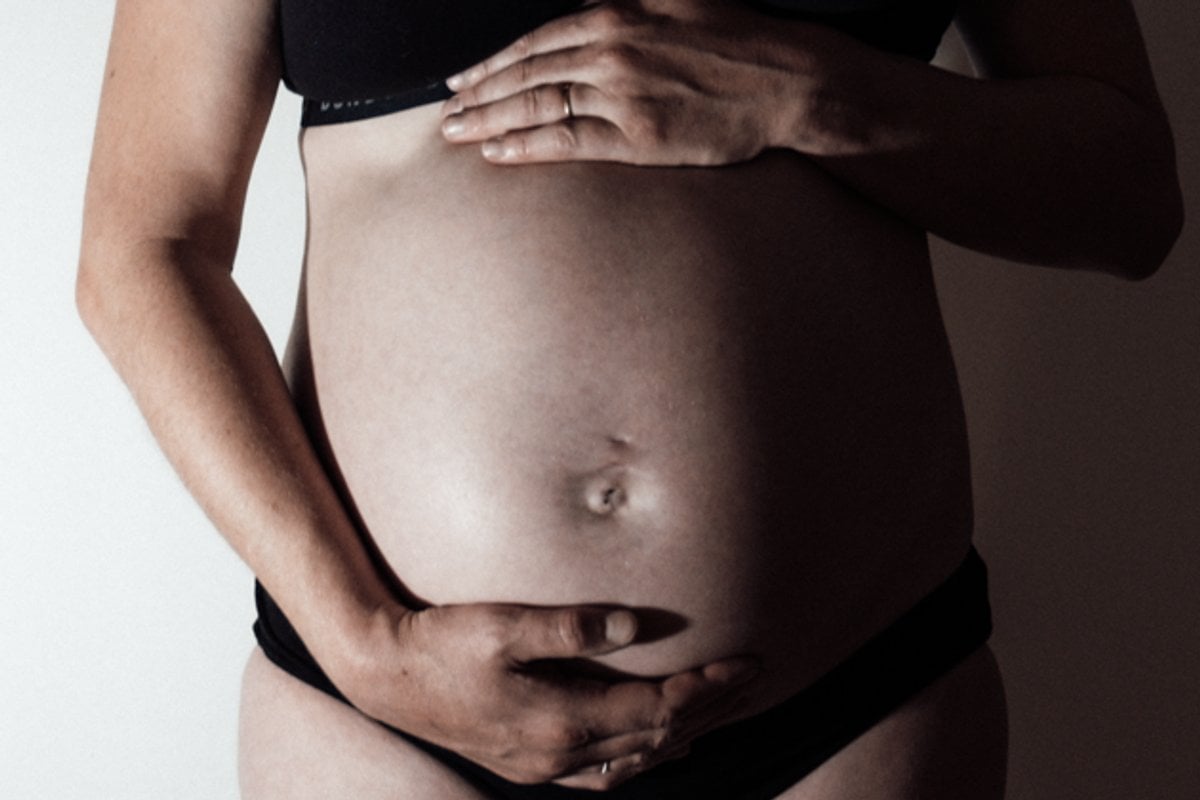
Content warning: This story includes descriptions of sexual assault that may be distressing to some readers.
Every woman and their partner hopes for a magical birth. The ones you see on the screen, where lights twinkle and fairies sing and it’s wonderfully transformative experience.
Unfortunately, this isn’t what happens for everyone. And it’s not what happened for me and my wife.
This is my story as a spectator, when burnout came alive in the midwife, exhaustion showed in the obstetrician and red tape prevented adequate pain relief from being provided in time.
Weeks after the birth and we started therapy, Luce shared her story, the term obstetric violence became a common one. What did that mean for me? Was I not only a complicit bystander, but an active participant?
Watch: COPE's The Truth campaign unveils the profound and potentially long lasting emotional impacts following a traumatic birth. Post continues after video.
Please consider your mental wellbeing as this piece may be confronting for assault survivors and those who have endured a traumatic birthing experience.




Top Comments